Related Research Articles

Orpheus in the Underworld and Orpheus in Hell are English names for Orphée aux enfers, a comic opera with music by Jacques Offenbach and words by Hector Crémieux and Ludovic Halévy. It was first performed as a two-act "opéra bouffon" at the Théâtre des Bouffes-Parisiens, Paris, on 21 October 1858, and was extensively revised and expanded in a four-act "opéra féerie" version, presented at the Théâtre de la Gaîté, Paris, on 7 February 1874.

Jacques Offenbach was a German-born French composer, cellist and impresario. He is remembered for his nearly 100 operettas of the 1850s to the 1870s, and his uncompleted opera The Tales of Hoffmann. He was a powerful influence on later composers of the operetta genre, particularly Franz von Suppé, Johann Strauss II and Arthur Sullivan. His best-known works were continually revived during the 20th century, and many of his operettas continue to be staged in the 21st. The Tales of Hoffmann remains part of the standard opera repertory.

Camille Rosalie Claudel was a French sculptor known for her figurative works in bronze and marble. She died in relative obscurity, but later gained recognition for the originality and quality of her work. The subject of several biographies and films, Claudel is well known for her sculptures including The Waltz and The Mature Age.

Paul Claudel was a French poet, dramatist and diplomat, and the younger brother of the sculptor Camille Claudel. He was most famous for his verse dramas, which often convey his devout Catholicism.
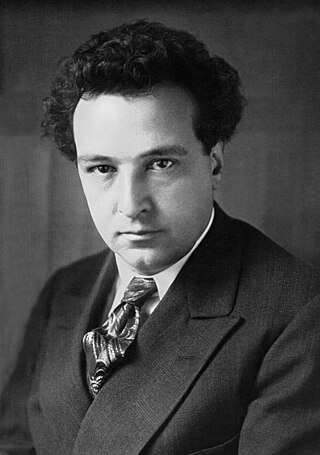
Arthur Honegger was a Swiss composer who was born in France and lived a large part of his life in Paris. Honegger was a member of Les Six. For Halbreich, Jeanne d'Arc au bûcher is "more even than Le Roi David or Pacific 231, his most universally popular work".

The Comédie-Française or Théâtre-Français is one of the few state theatres in France. Founded in 1680, it is the oldest active theatre company in the world. Established as a French state-controlled entity in 1995, it is the only state theatre in France to have its own permanent troupe of actors. The company's primary venue is the Salle Richelieu, which is a part of the Palais-Royal complex and located at 2, Rue de Richelieu on Place André-Malraux in the 1st arrondissement of Paris.

Jeanne d'Arc au bûcher is a mystère lyrique, or sung mystery play, by Paul Claudel with music by Arthur Honegger. Commissioned by Ida Rubinstein, it was written in 1935, premiered in 1938 and published in 1947 after rounds of minor revisions that extended into 1944. Claudel narrates Joan of Arc's last minutes of life with flashbacks to her trial and younger days. His poème of eleven scenes and a prologue is the work's backbone, with key scenes spoken, but the music, particularly the choral writing, is generally considered its strength, despite Honegger's avowal that he had merely put his services “at the disposal of” the poet. Claudel's frame gave Honegger a space between Heaven and Earth, past and present, for mixing styles and using musical tools — monody, harmony and counterpoint — to build sculpted blocks of sound. One detail of his score is its part for ondes martenot, an early electronic instrument played at the premiere by its inventor Maurice Martenot. The mystère lyrique lasts about 75 minutes.
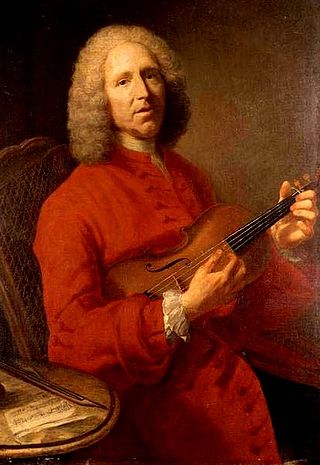
Platée is an opera in a prologue and three acts by Jean-Philippe Rameau with a libretto by Adrien-Joseph Le Valois d'Orville. Rameau bought the rights to the libretto Platée ou Junon jalouse by Jacques Autreau (1657–1745) and had d'Orville modify it. The ultimate source of the story is a myth related by the Greek writer Pausanias in his Guide to Greece.

René Xavier Marie Alain Cuny was a French actor of stage and screen. He was closely linked with the works of Paul Claudel and Antonin Artaud, and for his performances for the Théâtre national populaire and Odéon-Théâtre de France.
Literaturoper, a term coined by the German music critic Edgar Istel, describes a genre of opera that emerged during the late 19th century. When an existing play for the legitimate theatre is set to music without major changes and without the intervention of a librettist, a Literaturoper is the result. Although the term is German, it can be applied to any kind of opera, irrespective of style or language.

The Royal Opera of Versailles is the main theatre and opera house of the Palace of Versailles. Designed by Ange-Jacques Gabriel, it is also known as the Théâtre Gabriel. The interior decoration by Augustin Pajou is constructed almost entirely of wood, painted to resemble marble in a technique known as faux marble. The excellent acoustics of the opera house are at least partly due to its wooden interior.
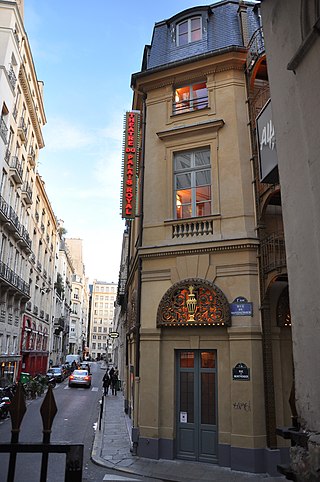
The Théâtre du Palais-Royal is a 750-seat Parisian theatre at 38 rue de Montpensier, located at the northwest corner of the Palais-Royal in the Galerie de Montpensier at its intersection with the Galerie de Beaujolais.

Olivier Py is a French stage director, actor and writer.

Ève Francis was an actress and film-maker. She was born in Belgium but spent most of her career in France. She became closely associated with the writer Paul Claudel, and she was married to the critic and film-maker Louis Delluc.
The Satin Slipper is a 1985 Portuguese-French drama film based on the play by Paul Claudel. It was directed by Manoel de Oliveira and screened at the 42nd Venice International Film Festival.
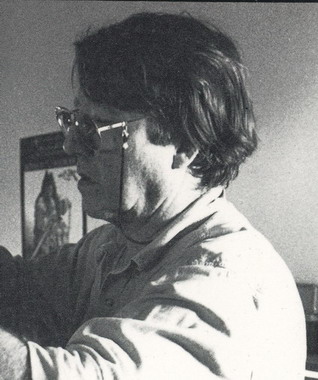
Jacques Schmidt was a French costume designer, who collaborated regularly with stage directors Antoine Bourseiller, Patrice Chéreau and Roger Planchon.

An Adventurous Automobile Trip is a 1904 French silent comic trick film directed by Georges Méliès. The film, a spoof of the devil-may-care motoring exploits of King Leopold II of Belgium, features the King engaging in a manic, implausibly fast automobile ride from Paris to Monte Carlo. The singer-comedian Harry Fragson stars as the King, supported by a large cast of stage performers from the Folies Bergère cabaret and other venues, with two cameo appearances from Méliès himself.
Jean-Pierre Granval, stage name of Jean-Pierre Charles Gribouval, was a 20th-century French stage and film actor as well as a theatre director.

Yann Beuron is a French operatic tenor.
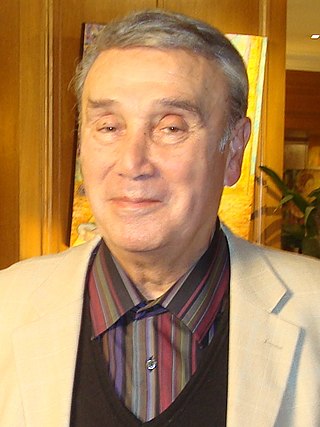
Pierre Lacotte was a French ballet dancer, choreographer, teacher, and company director. He specialised in the reconstruction of lost choreographies of romantic ballets.
References
- Edition critique : Le Soulier de satin by Paul Claudel, Antoinette Weber-Caflisch, Annales littéraires de l'Université de Besançon, n° 334, Les Belles Lettres, 1987.